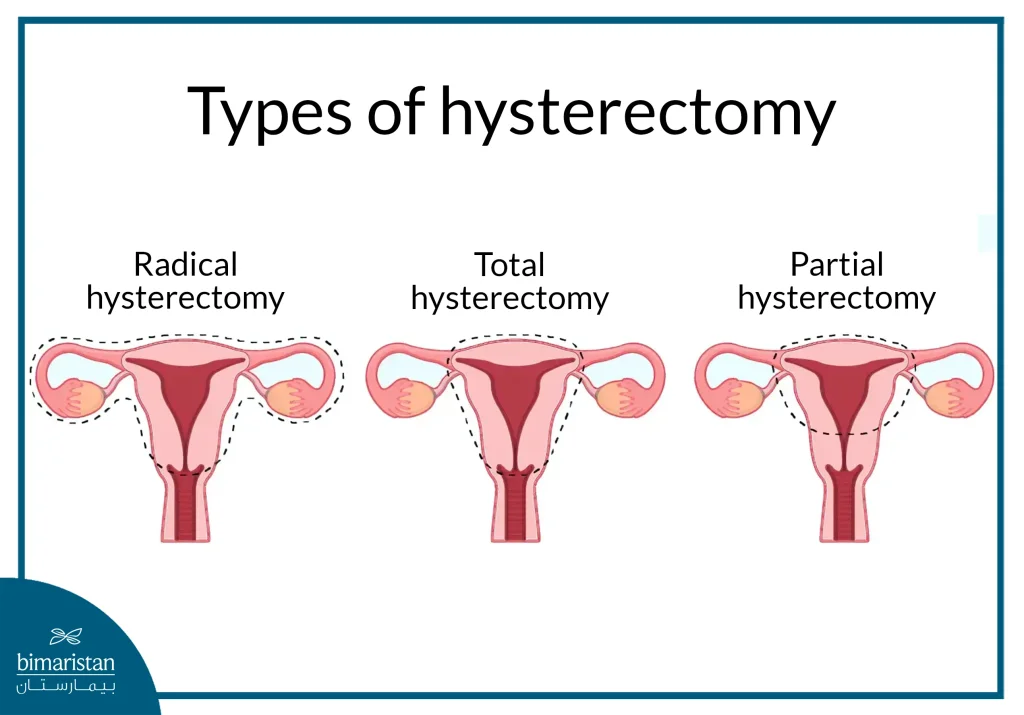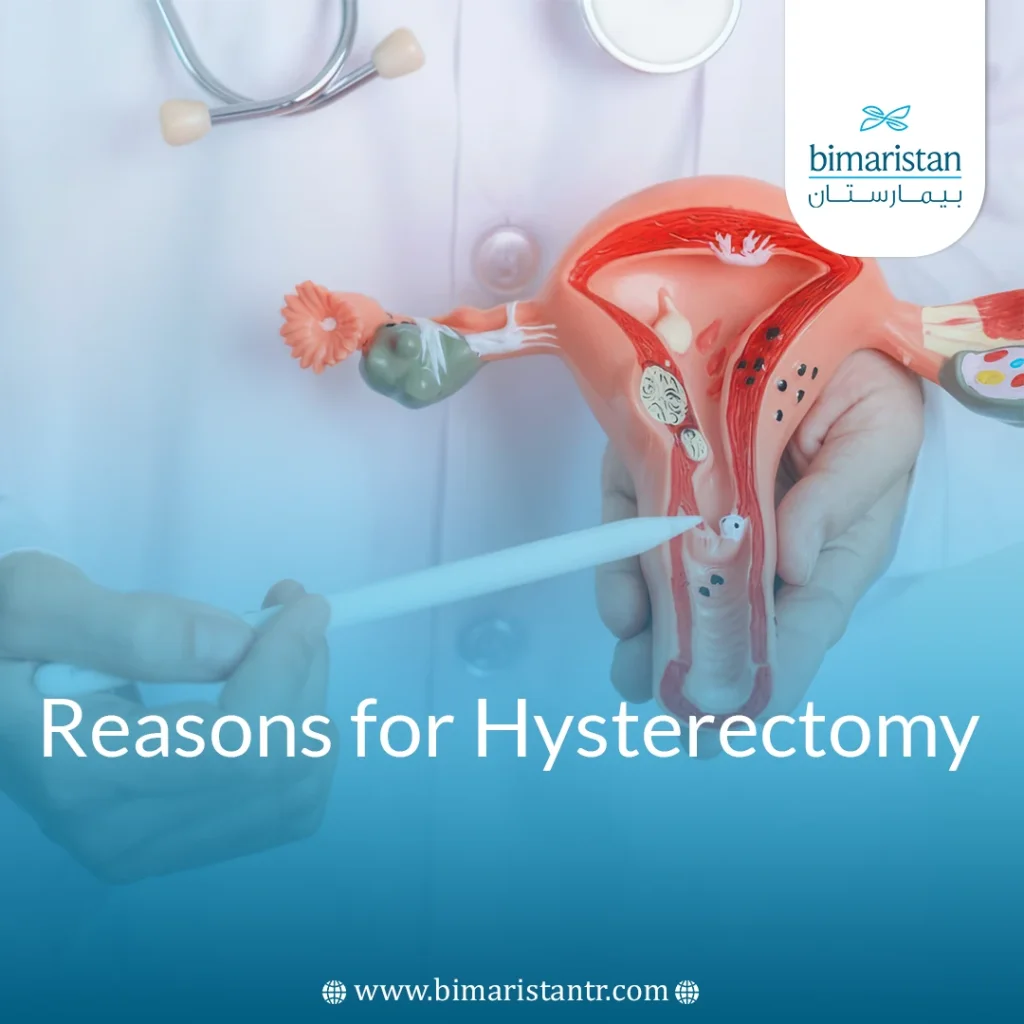With the rise in hysterectomies worldwide, questions are being raised about the circumstances that drive women to undergo this fateful surgical procedure. The reasons for hysterectomy present a complex picture, ranging from saving lives to improving quality of life. Behind every statistic is the story of a woman facing a difficult choice: preserving a symbolic organ or restoring her lost health.
What is hysterectomy?
Hysterectomy is a surgical procedure in which the uterus is removed to treat a related medical condition. In some cases, this removal extends to adjacent organs, such as the ovaries and fallopian tubes (complete hysterectomy). The surgical methods vary, including open surgery, laparoscopic procedures through small incisions, vaginal approaches without external cuts, or robotic-assisted vaginal techniques. This operation may lead to several complications, such as menopause and its associated symptoms, and the inability to conceive or bear children. Women who undergo hysterectomy are at higher risk of cognitive decline and dementia, potentially due to the sudden drop in hormone levels.

Most prominent reasons for hysterectomy
The reasons for hysterectomy vary significantly. It may be performed due to tumors in the uterus or surrounding tissues, persistent bleeding that doesn’t respond to medication or cauterization, or chronic infections that severely deteriorate the patient’s health.
Uterine Fibroids (Fibroids)
Uterine fibroids are one of the most common reasons for hysterectomy, especially when they are large, cause severe pain or heavy bleeding, or exert pressure on the bladder and intestines, disrupting the function of these organs.
Irregular or heavy uterine bleeding (Menorrhagia)
Among the frequent reasons for hysterectomy is uncontrollable uterine bleeding that does not respond to conventional treatments such as medication or cauterization. Causes often include hormonal imbalances or benign tumors, compelling physicians to opt for surgical intervention.
Uterine, cervical, or endometrial cancer
Among the key reasons for hysterectomy is the treatment of malignant cancers involving the uterus, where the procedure may include removal of the uterus and surrounding organs to eliminate cancerous cells and limit metastasis.
Endometriosis
Endometriosis, where uterine cells grow outside the uterine lining, is one of the medical reasons for hysterectomy, as it can lead to chronic pain, adhesions, and damage to nearby organs, often requiring hysterectomy to resolve these complications.
Uterine prolapse
Due to weak pelvic muscles and ligaments, the uterus may descend toward the vagina, leading to discomfort, tissue protrusion, urinary incontinence, and pain during intercourse. Hysterectomy is often used to correct these issues.
Chronic infections or severe abscesses
Although rare, hysterectomy may be required in emergency situations such as pelvic abscesses or endometrial infections. If left untreated, these conditions can lead to systemic bacterial infections that compromise the patient’s overall health.
Cases in which it is recommended to postpone hysterectomy
Hysterectomy isn’t always an urgent medical procedure. In some cases, postponing or avoiding it might be more appropriate depending on the woman’s condition, medical history, and fertility plans. These cases include:
- Desire to conceive in the future
- Active infections or abscesses that may worsen due to surgery
- Uncontrolled chronic conditions, such as severe heart or lung disease, or critically high blood pressure
- Early-stage cancers that are treatable with other methods
- Current pregnancy, which contraindicates hysterectomy until delivery
Such conditions warrant delaying hysterectomy. However, urgent cases, like severe hemorrhage or advanced cancer, require immediate surgical intervention regardless of any deferral concerns.
How do physicians evaluate the necessity of hysterectomy?
To assess the necessity of a hysterectomy, physicians conduct several evaluations to determine whether postponing the procedure is a viable option. These include:
- Initial Assessment: Reviewing the patient’s medical history, symptoms such as pain or vaginal bleeding, past infections, or family history of uterine and ovarian cancers
- Clinical Examination: Pelvic exam to detect abnormal masses or uterine enlargement
- Imaging Tests: Ultrasound, MRI, or hysteroscopy, depending on the case
These diagnostics help the physician decide whether to proceed with hysterectomy, delay it, or opt out entirely, considering the patient’s reproductive goals and alternative therapies.
Is hysterectomy always the best option?
In truth, hysterectomy isn’t always the ideal solution. Some cases may benefit from deferral or alternative treatment. For instance, women with fibroids who wish to conceive may undergo uterine fibroids catheterization to remove fibroids, preserving the uterus and its ability to support pregnancy.
Choosing hysterectomy is often a difficult decision for women due to the implications on fertility and lifestyle. However, compelling reasons for hysterectomy may make it necessary to protect a woman’s long-term health. At the Bimaristan Medical Center, we believe women can lead healthy and joyful lives even after hysterectomy, thanks to our comprehensive psychological and physical support.
Sources:
- American College of Obstetricians and Gynecologists (ACOG). (2021). Hysterectomy.
- Office on Women’s Health (U.S. Department of Health & Human Services). (2021). Hysterectomy.
